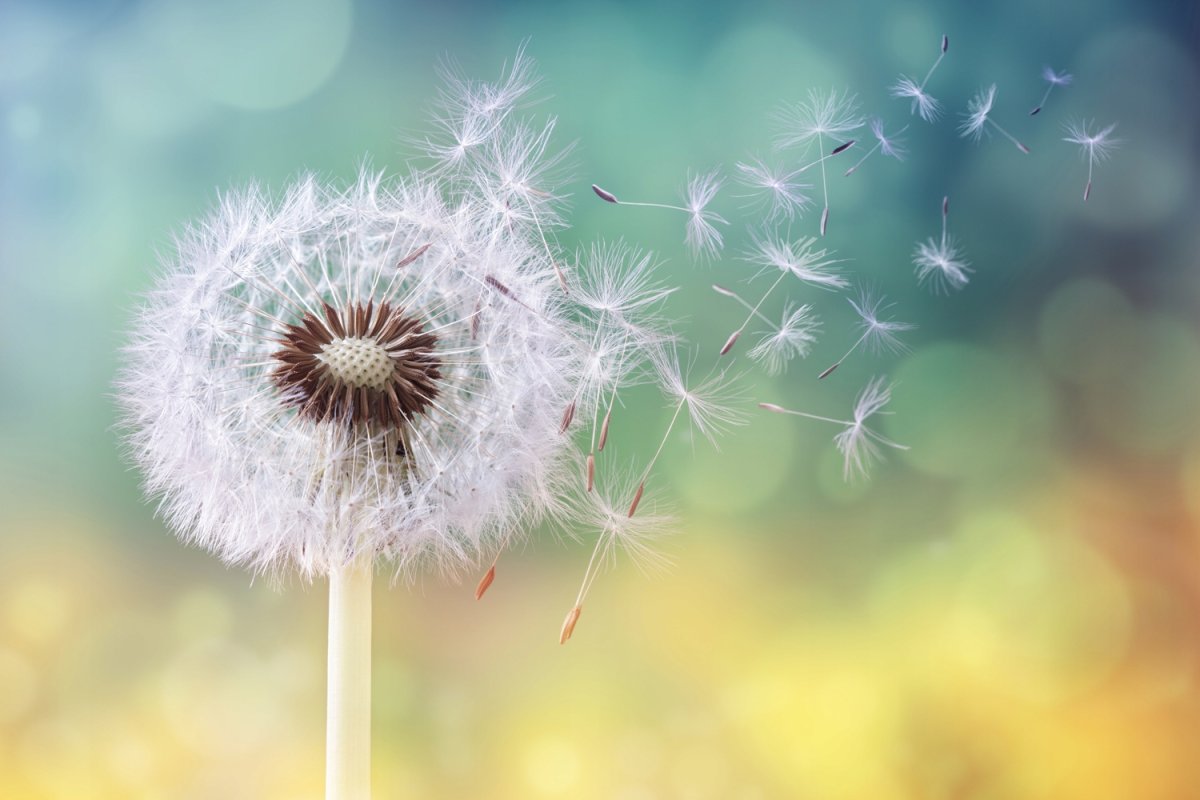A food connoisseur would like to believe that they have tasted the most eclectic dishes from around the world. Even the biggest gourmand, though, is unlikely to have tried some of the most unusual items that aren’t generally considered edible. Here we look at some odd things that you would be surprised to know you can eat.
Clay
Clay, of course, is produced by nature and there are plenty of varieties of it. Clay is used as a natural remedy in several places for the treatment of acne and as a facial mask. Not many would know, though, that clay contains magnesium and other healthy minerals. Bentonite clay, in fact, is composed of aged volcanic ash and can help in cleansing the liver and the colon along with balancing bacteria in the digestive tract.

Glue
Children accidentally consume glue all the time. In fact, many of us would have done the same as children back in our childhoods. Most of us probably think that eating glue would probably stick our insides together. However, some types of glue are actually edible and non-toxic.
Mild forms of white glue are made with a petroleum-based polymer and having a little taste of it won’t damage your stomach. It goes without saying, though, that consuming glue in large quantities and regularly could lead to serious stomach aches and other complications.

Dandelion
Dandelion, a plant with a yellow flower, is the safest thing you can eat from this list. Many of you might be aware of this flowering plant as the most stubborn weed that refuses to leave your garden. However, dandelion or Taraxacum officinale has many medicinal properties and is also edible. As a matter of fact, it has plenty of health benefits and is high in antioxidants. In terms of nutritional content, dandelions are abounding in vitamins, minerals, and fiber. The greens of the dandelion can even be cooked or taken raw as they are a brilliant source of vitamins A, C, and K.

Leather
This might surprise you the most but it is true: leather is edible. This doesn’t mean, of course, that you begin chewing at your leather shoe or take a bite out of your leather jacket. But it is worth knowing that if you boil leather for several hours it will soften down and will actually be edible and not damaging to the body.
In fact, Native Americans were known to chew on leather hides after boiling it for hours when they were badly deprived of natural food resources. Of course, these days leather is treated with too many chemicals and you would have to really boil it long and hard to make it edible enough.

Eggshells
A majority of people who eat eggs almost instantly discard the shells. The next time you are about to dump those eggshells into the dustbin, please consider this – they are very much edible and nutritious. Experts at the University of Florida’s Institute of Food and Agricultural Sciences say that a single eggshell contains about 2.2 grams of calcium.

Chalk
Let’s be honest: we’ve all been curious about how chalk would taste like when we were in school. Many of us probably accidentally nibbled on some as well. So the good news is that chalk is basically pure calcium and is non-toxic. In fact, some people, with nutritional deficiencies that aren’t clear, are even known to crave eating chalk. Researchers, however, have long said that eating chalk is connected to having low zinc and low iron.

Tree bark
No, don’t be alarmed. We aren’t talking about the bulky, rough, surface of the tree bark. You have to scrape the surface deep enough and reach the cambium layer which is right under the wood. As long as you are using the right and safe part of it, tree bark is a safe and nutritious wild food to eat. Many of our ancestors used this edible inner layer of the tree bark for medicine and for food.

